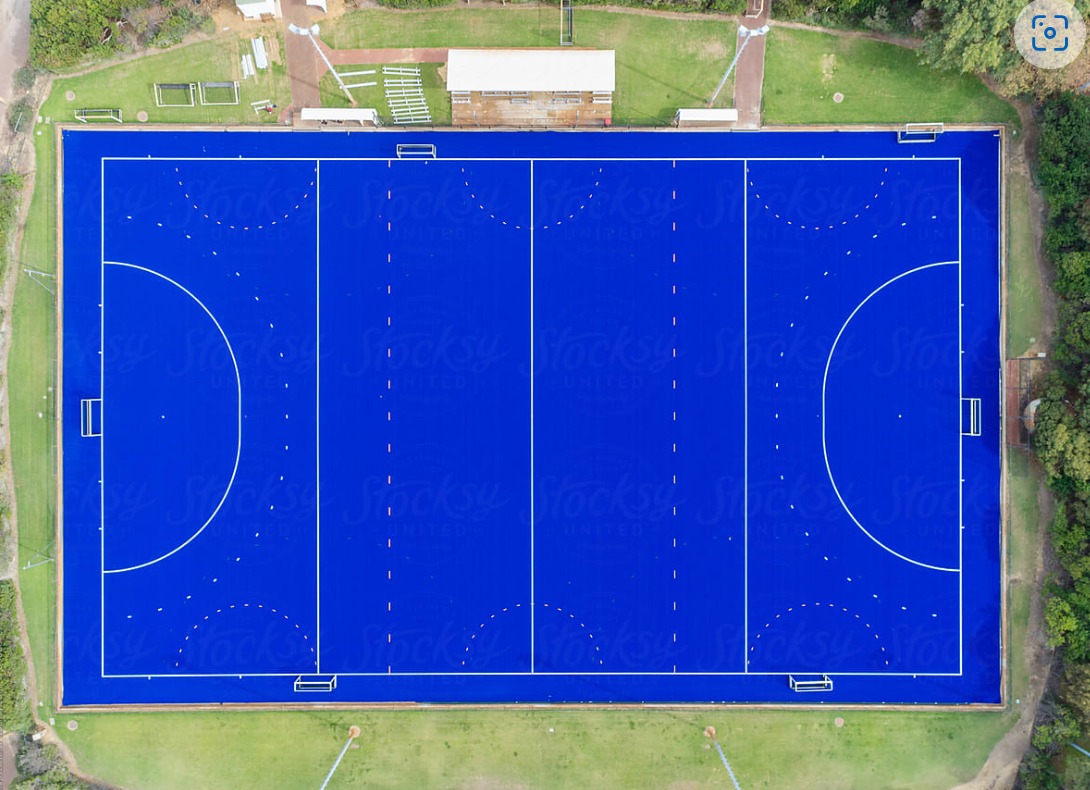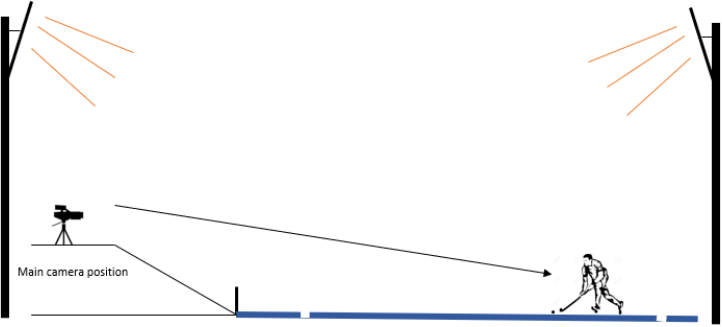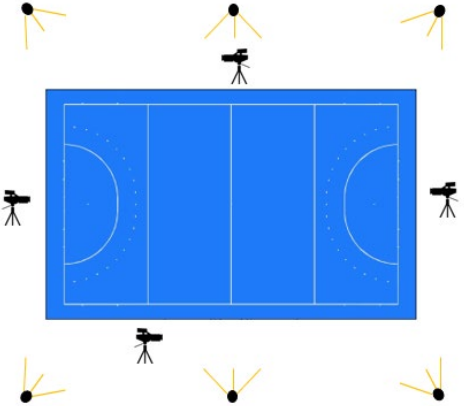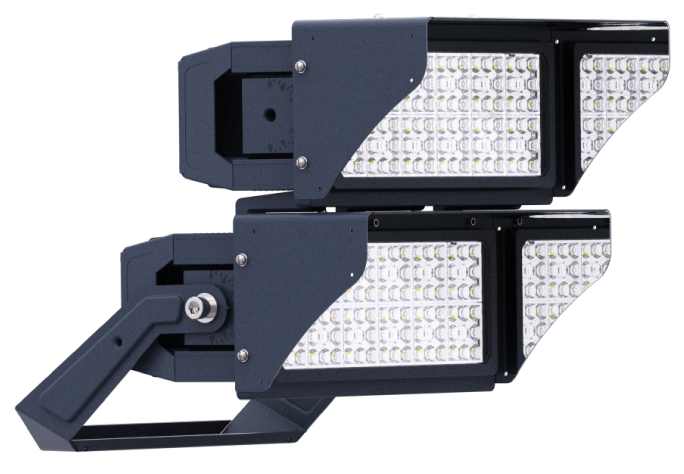Outdoor Hockey Lighting Guidance: Performance and Operational Standard Requirements
Outdoor Hockey Lighting Facilities Guidance: Performance and Operational Requirements

Directory:
1. Introduction
2. Hockey Lighting Standards
3. Hockey Lighting Design Principles
4. The Hockey Lighting Design Process
5. Commissioning and Validation
1. Introduction
The evolution of high-definition and 4K/8K broadcasting technologies has elevated the demand for precision in outdoor hockey lighting systems. The International Hockey Federation (FIH) Facilities Guidance for Sports Lighting – Televised Outdoor Hockey (Version 1.4) establishes performance benchmarks to optimize player performance, spectator experience, and broadcast quality. This article synthesizes FIH’s technical specifications, design principles, and practical insights for engineers and facility managers.
2. Hockey Lighting Standards
The FIH categorizes hockey lighting requirements into three tiers based on broadcast needs:
2.1 TV1 (Top-Tier International Matches)
Vertical Illuminance (Evmc): ≥1,650 lux (main camera); ≥1,200 lux (orthogonal cameras).
Horizontal Illuminance (Eh): ≥2,000 lux.
Uniformity: U1 ≥0.60 (min/max), U2 ≥0.65 (min/avg).
Flicker Factor: ≤5% to prevent slow-motion distortion.
Glare Control: GR <50.
2.2 TV2/TV3 (Lower-Tier Broadcasts)
Reduced illuminance thresholds (e.g., TV2: Evmc ≥1,400 lux; TV3: Eh ≥1,000 lux).
Relaxed flicker limits (≤15% for TV2, ≤30% for TV3).
3. Hockey Lighting Design Principles
When designing a hockey lighting system, several fundamental principles must be considered:
3.1 Player Comfort and Performance:
The hockey lighting system should not hinder players' performance or comfort.
3.2 Competition Category:
The relevant categories of competition to be hosted on the field must be taken into account.
3.3 Broadcaster Requirements:
The system must provide sufficient illuminance to enable broadcasters to operate effectively.
3.4 Match Officials:
The lighting should not impair the ability of match officials to perform their duties.
3.5 Spectator Experience:
Spectators should be able to watch and enjoy the game without discomfort caused by the lighting.
3.6 Illuminance Levels and Uniformity:
The system should produce illuminance levels and uniformity that comply with FIH standards, with soft shadows where possible.
3.7 Reliability and Effectiveness:
The hockey lighting system must be reliable and appropriate for the specific location.
3.8 Environmental Impact:
The environmental impact of the system should be assessed, and sustainable solutions should be prioritized.
3.9 Uniqueness of Each Venue:
Each hockey venue is unique, and the design solution must be tailored accordingly.
3.10 Technological Requirements:
The latest technological requirements for hockey broadcasting should be incorporated into the design.
4. The Hockey Lighting Design Process
Designing a new hockey lighting system or modifying an existing one involves several steps:
4.1 Determine Competition Level and Objectives:
Understand the level of competition and the objectives for the venue.
4.2 Initial Lighting Design:
Conduct an initial design by a professionally accredited sports lighting engineer.
4.3 Detailed Lighting Design:
Involve venue management, broadcasters, architects, engineers, and hockey participants in the detailed design process.
4.4 Installation and Aiming:
After installation, check the aiming of luminaires against the design and take measurements to ensure compliance.
4. Design and Implementation
4.1 Luminaire Selection
LED vs. Metal Halide:
LEDs: Energy-efficient (40–60% savings), longer lifespan (L90 >50,000 hours), and superior dimming for broadcast compatibility.
Metal Halide: Lower initial costs but higher maintenance (40% lumen depreciation).
4.2 Positioning and Anti-Glare Strategies
Mounting: Columns must be placed outside perimeter margins (10° beyond end lines, 5° beyond sidelines).
Glare Reduction: Non-symmetric optics and baffles minimize discomfort for players and cameras.
4.3 Broadcast-Specific Considerations
Camera Zones:
Main camera zones require <15% illuminance gradient.

Orthogonal cameras (Appendix A) need balanced lighting across four directions.
Slow-Motion Replay Zones (SMRZ): Maximum illuminance must fall within shooting circles.

5. Commissioning and Validation
Simulation: Tools like Dialux evo model 5m × 5m grid illuminance.
Field Testing:
Photometric cells (1% accuracy) measure vertical (105° angle) and horizontal illuminance.
Flicker and glare validated under dark conditions (natural light <100 lux).
6. Related Product

7. FAQ
Q: What is the standard lighting for hockey?
A: The evolution of high-definition and 4K/8K broadcasting technologies has elevated the demand for precision in outdoor hockey lighting systems. The International Hockey Federation (FIH) Facilities Guidance for Sports Lighting – Televised Outdoor Hockey (Version 1.4) establishes performance benchmarks to optimize player performance, spectator experience, and broadcast quality.
Q: What color temperature is best for hockey?
A: 5,000–6,500K (cool white) for high contrast and visual clarity.CRI (Color Rendering Index): ≥80.
Q: How can arenas reduce energy costs for hockey lighting?
A: Using dimmable LEDs, smart controls (scheduling/sensors) can significantly reduce energy consumption.
Q: Why is uniform lighting important in hockey?
A: Because hockey involves fast-moving pucks and players, uneven lighting can cause glare or shadows, impairing visibility for both athletes and referees, and disrupting TV broadcasts.
Q: Can hockey lighting be integrated with show or entertainment lighting?
A: Yes. Many arenas integrate RGB LED systems for pre-game intros, goal celebrations, or music events, synchronized with the main lighting via DMX or DALI control protocols.
